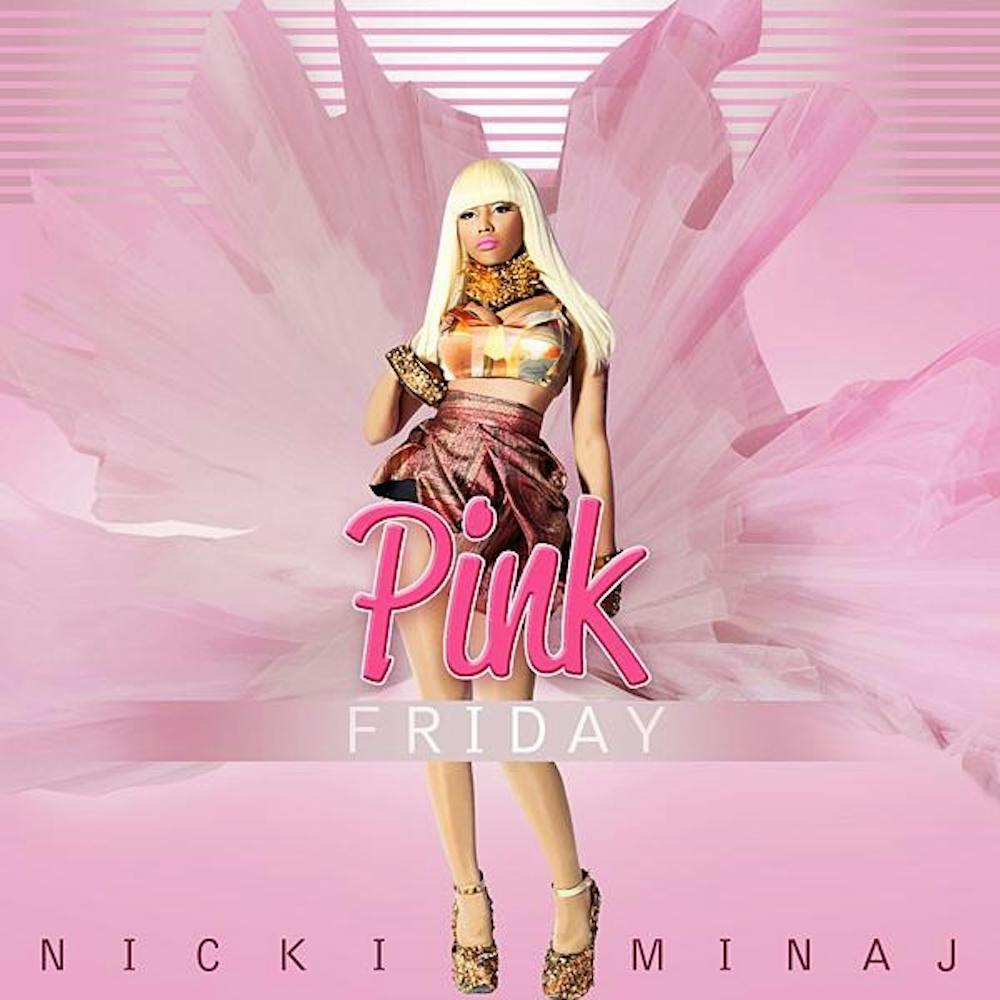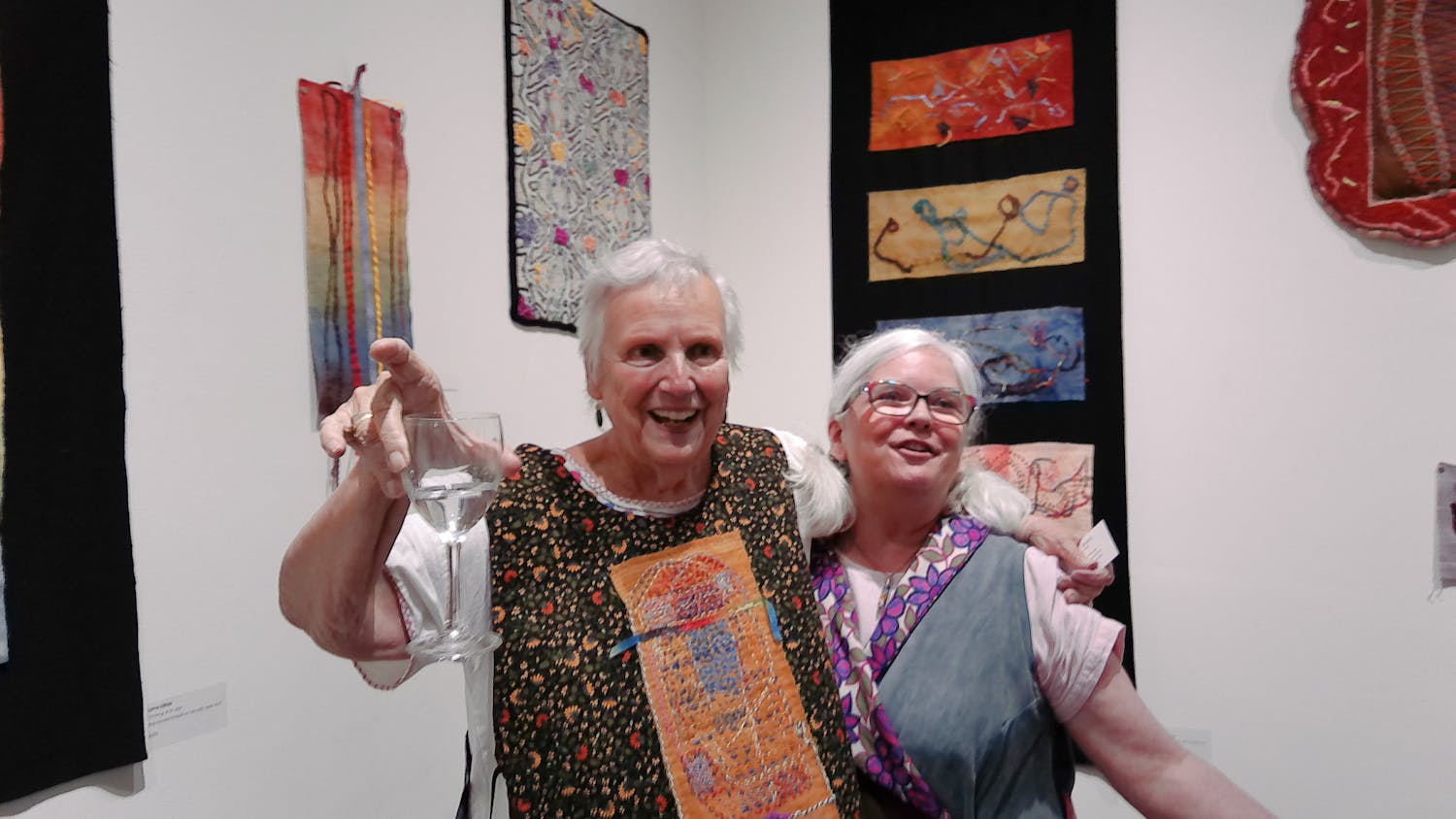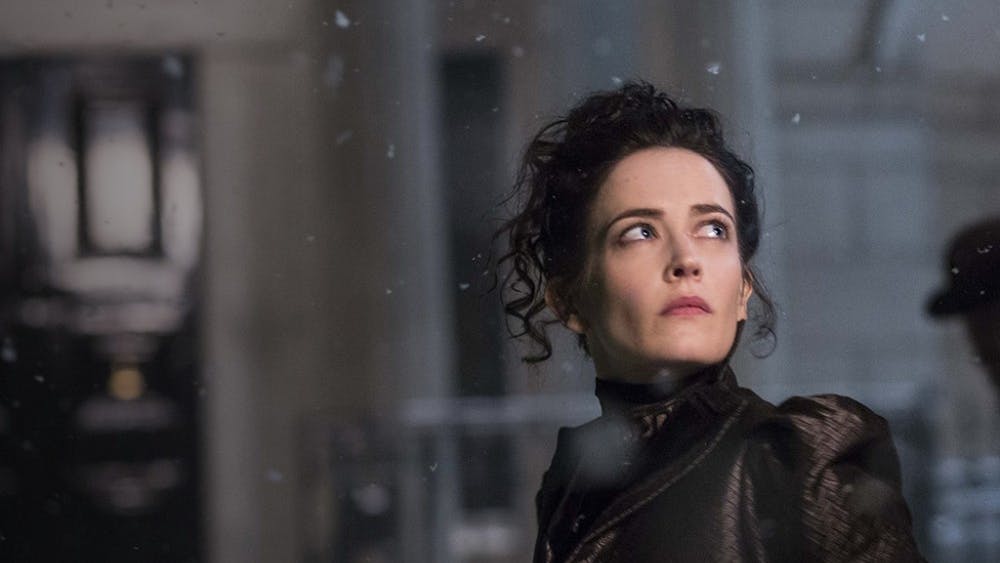Although since its inception hip hop has been a tough, masculine art form, female emcees have managed to carve out a space for themselves throughout its history.
“Femcees” like MC Lyte, Queen Latifah and Salt-N-Peppa could be considered among the founding fathers of hip hop, making their debuts during the mid and late 80s when the genre was first starting to make a name for itself.
Femcees have always added a unique flare to the art form, but where are they now?
Mainstream hip hop has been missing any significant female voice for almost a decade, but there is hope that is about to change in a major way.
The 90s were the golden age for femcees. They didn’t only exist in significant numbers — many dominated the game.
It was the decade when more people started paying attention to female rappers and respecting them as artists who could go blow for blow with the big boys. Lauryn Hill is still considered one of the best rappers of all time. She outshined the guys in her own group, The Fugees. Who was talking about Pras? Everyone was talking about Lauryn. Where did that voice and that flow and those lyrics come from?
And female artists didn’t only venture into conscious rap or feminist messages.
Women like Missy Elliot and Eve made crossover hits you could dance to, in addition to their deeper tracks. Lil Kim, Foxy Brown and Trina spit gangster rap as hard and brazen as their male counterparts, sometimes with more grit. Lisa “Left Eye” Lopes added a unique flavor to one of the greatest groups of all time, TLC.
Everyone asks, “Where are these femcees now? Where is the next generation?”
I can’t even name 10 female rappers in the mainstream right now, much less 10 who are as culturally relevant as the 10 from the 80s and 90s I just named were. After the 90s, most femcees faded or were cut short by tragic circumstances. The female voice on the mic went silent.
And then, there was Nicki Minaj. She is far from the savior of the hip hop femcee, but she was the first female to break into the mainstream in almost a decade. She is often seen as a raunchy gimmick, packaged in a Barbie suit with colorful accessories like split personalities and wide eyes, but there is more to her career than that.
She may have hoed herself out to the industry in order to break in, but underneath her shallow persona is a cold flow and some depth, when she chooses to show it. Listen to “Old Nicki” from her album “Pink Friday” to hear this.
More important than her songs or style or lyrics is the fact that she emerged when she did. She put femcees back in the conversation and carved out a space where more can thrive.
She is not Lauryn Hill, but maybe because of her existence, there can be a Lauryn Hill-esque artist for this generation. My money is on Angel Haze.
Haze, out of New York, has the coldest new sound I’ve heard in a very long time, male or female. Her honesty is almost unreal. She proves with her forceful, raw lyrics that nothing is off limits, even the pain of a rough childhood and sexual abuse.
She is not just heartbreak and hard knocks, either. Her flow and style are versatile, with great mainstream potential. In “Cleaning Out My Closet” she rips open her chest on the mic, but on the same EP she assassinates other artists in a braggadocio track, “Gossip Folk,” which remixes the old Missy Elliot, Timbaland-produced beat.
She also ventures into love songs that resound with a dramatic honesty but avoid sappiness. Haze chooses beats that can draw and keep an audience, then shocks them with words no one else is saying. If she continues in this vein, she could prove to be very important to a generation. And, if you just came to dance, she has fun tracks like “New York,” which is ridiculously catchy.
Angel Haze is my favorite because of her style and lyrical prowess, and because she exudes the soul of old hip hop. But there are a number of femcees adding to the genre in other ways.
Azealia Banks, also from New York, sells herself as a fun pretty-girl with strong crossover and pop appeal. She reminds me of Trina because of her vocal tone and vulgar lyrics, but she has her own unique style, often utilizing techno flavor and avant-garde production.
Syd tha Kyd has gained prominence as a producer with cult rap groups Odd Future Wolfgang Kill Them All and subgroup The Internet. She could soon pull a Missy Elliot and “hit us with the hee.”
We see other gritty femcees, like Reema Major, with street style and East Coast sound gaining influence. They’re counterbalanced by emerging pop rappers like Lola Monroe, who is cut from the same cloth as Nicki Minaj.
New artist Runaway Bella manages to find a median between those two. She isn’t a socially conscious rapper by any means but avoids being a packaged Barbie. In her new video for “Kick Flows” she is sexy but tough. Her flow is smooth, with an urban vibe.
In 2012, XXL featured a female artist on its Freshman Class cover for the first time. That artist, Iggy Azalea, represents another new trend: white females venturing into hip hop and being taken seriously as artists.
The reemergence and future success of the femcee in the mainstream will not be the result of any one artist’s work. This rebirth will occur because of the space that is created by the few femcees tough enough to break into the modern rap game. The first breakthrough had to come, initially, from a moneymaking, record-label-friendly gimmick artist like Nicki Minaj, but the future looks much brighter than pink hair and space suits.
There is a new class of femcees, all young and hungry, ready to shake up the game and go blow for blow with the boys.
One more for the ladies: The return of the female MC

Get stories like this in your inbox
Subscribe





